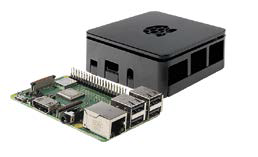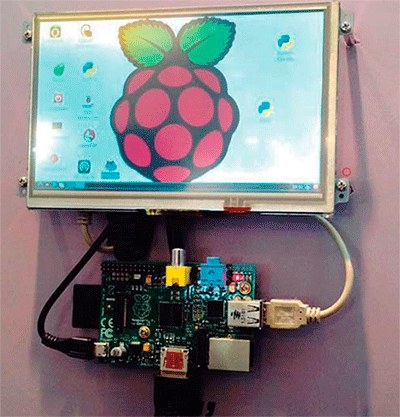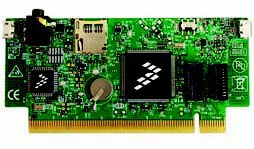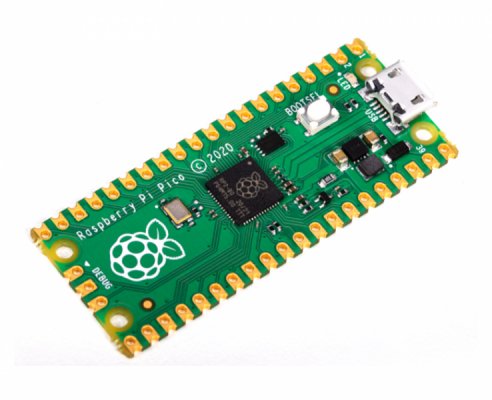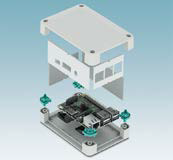Presents the new potential of the Raspberry Pi for the development of high-definition audio without a high expense
element14 has released a new e-book for its members that explores the potential of the Raspberry Pi for high-definition audio development and music creation. Audiophile makers often rely on expensive systems to deliver the best sound quality. With its new add-on boards and loyalty software, the Raspberry Pi is becoming a great choice for fans of high-definition audio.
Raspberry Pi is recognized for being a great tool to learn to program and work with electronic hardware. There are now new add-on boards for the Pi XNUMX that offer top-notch D/A converters and amplifiers. The Raspberry Pi has always had the hardware to generate high-level audio and with these new add-on boards or HATs, the popular development board is now a great option for editing and developing audio without breaking the bank.
Among the new add-on boards noted in the e-book and available from Farnell to beef up the Raspberry Pi's audio capabilities are:
• JustBoom JBM-one DAC/Amp HAT : The board comes equipped with a D/A converter (DAC) and a headphone amplifier that outputs a frequency of thirty-two bits / 5 kHz. It also includes volume control and line-level RCA and headphone-amplified 1mm jack outputs. It is fed directly from the Raspberry Pi. The board also offers a signal-to-noise ratio (SNR) of 2 dB and total harmonic distortion of -XNUMX dB (THD +N at -XNUMX dB). It can be used with Raspberry Pi A+, B+, and XNUMXB. Community members have used the JBM-uno to design multi-room audio players, multimedia stations, and stand-alone high-definition audio players.
• Infineon MERUS Audio Amplifier HAT: A great add-on board developed for the Raspberry Pi Zero and also great for sound amplification. The board is equipped with Infineon's MA12070P multi-level amplifier that delivers up to forty W of power. The add-on board draws from the Raspberry Pi and provides XNUMX-bit/XNUMXkHz audio playback. Complete hardware control, customization and fault monitoring is carried out through Linux Alsamixer. Its size allows users to assign portable Pi projects such as players and speakers to the amp.
• Micro Nova's multi-room / multi-zone AmpliPi audio supervisor: The system is built around the Raspberry Pi Compute Module 3+ and comes with a PCM5102A and CM6206 audio DAC. The Raspberry Pi can also communicate via I2C with an STM32F030 microcontroller built into a preamp board to monitor mixing and amplification systems. The AmpliPi is capable of transmitting 4 independent sources to 6 stereo output zones, which can be expanded to up to thirty-six stereo output zones via daisy chain extension units.
The e-book also highlights multiple software tools for bringing high-definition audio to life with the Raspberry Pi. One of the best options is Sonic Pi. The Ruby-based live programming environment is versatile, allowing users to create new sounds, work on a variety of music styles, create audio loops, switch synths, and more. Other free software tools that work well with the Raspberry Pi platform are MilkyTracker and Tracktion's Waveform DAW.
The element14 community is a part of Farnell, an Avnet company and distributor of electronic components that helps design, maintenance and test engineers, makers, parents and teachers develop the next generation of programmers and products that will use technology to create a better planet.
To read the full e-book and find out all the valuable information, visit the element14 website


